All About The Closed Syllable + FREE Word List!
This post may contain affiliate links, and I will earn a commission if you purchase through these links. Please read the disclosure policy for more details.
Learn what a closed syllable is and how to teach it in this second post of my syllable series. In this series, I share how to teach students the syllable rules and patterns using multisensory methods.
If you missed the first post, you can read The 6 Types of Syllables here. There I explain what a syllable is, how to count syllables, and go over the 6 syllable types. You can find all my syllable posts here.
Grab your FREE 6 syllable types posters & word lists by subscribing to my list!
*Most school spam filters block my emails, so please use a personal email.

What is a closed syllable?
A closed syllable is a syllable with a short vowel sound and one or more consonants at the end. See the graphic below for examples of closed syllables.
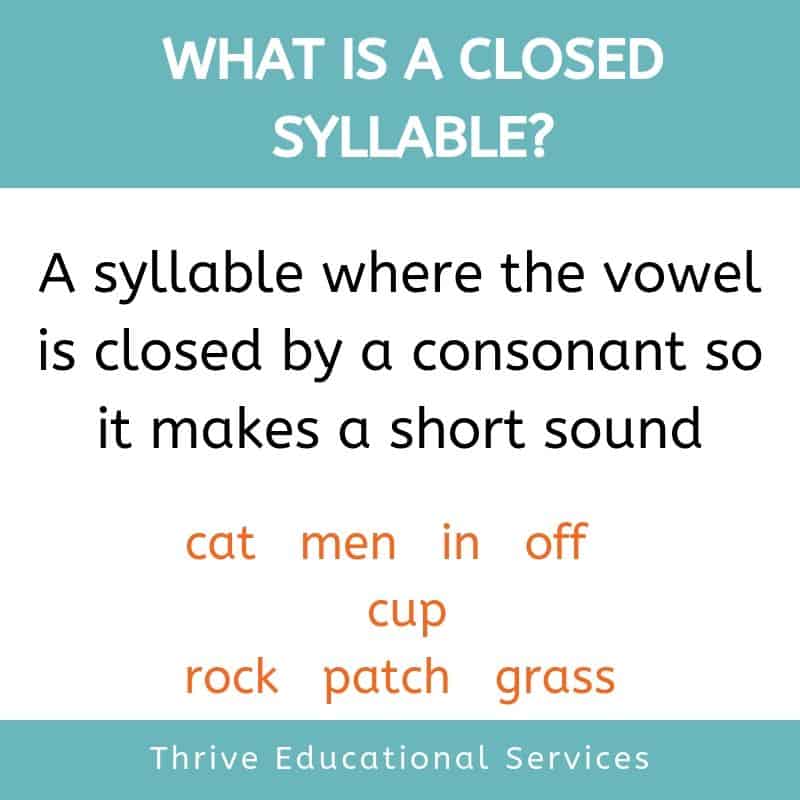
What’s happening in a closed syllable is that the consonant(s) after the vowel is closing it in and not allowing it to say its name, so the vowel makes a short sound.
The closed syllable includes CVC words, and words ending in -ck, -tch, -dge, and the FLOSS rule.
CVC Closed Syllable
CVC words are words that have the pattern consonant-vowel-consonant like cat and mop. These are usually the first words children learn to read so it’s a natural progression to teach the closed syllable first.

Read more: How To Teach CVC Words
-CK Closed Syllable
Words that have a short vowel sound and end with the /k/ sound are spelled with -ck. Examples include luck, back, and wick.
I tell my students if a word ends with the /k/ sound and the vowel doesn’t say its name, then the /k/ is spelled -ck.
If words that end in /k/ have a long vowel sound or another consonant sound in between then it’s spelled with just the -k. Examples include milk, lake, junk.
-TCH Closed Syllable
Words that have a short vowel immediately followed by the /ch/ sound are spelled -tch. In this case, the /ch/ sound is attached to the vowel sound. Examples include patch and witch.
Words are spelled with -ch at the end if they have a consonant after the short vowel or a long vowel sound. Examples include punch and coach.
There are a few exceptions to this rule which are taught along with the rule.
-DGE Closed Syllable
Did you know that words in English don’t end in J? Therefore, if a word ends with a /j/ sound it is spelled -dge or -ge. Examples include edge, judge, and age.
Words with a short vowel sound that end with a /j/ sound are spelled -DGE. So for closed syllables, you’ll see the -DGE spelling, like in the words edge and judge.
Read more about hard and soft g here.
FLOSS Rule
The FLOSS Rule means that we double the last letter in words with a short vowel sound that end in s, f, l, or z. Examples of FLOSS words include grass, buzz, and off.
This one does have a few exceptions which are taught with the rule.
Learn more about teaching the Floss Rule here.
Closed Syllable Exceptions
There are 5 exceptions to the closed syllable: ild, ind, old, olt, ost. These make the long vowel sound instead of the short sound.
You can learn more about teaching closed syllable exceptions here.
How To The Teach Closed Syllable
Labels Consonants and Vowels
When teaching the closed syllable, it is important to get students into the habit of labeling the consonants and vowels in a word so they can see the pattern. This will help them once they have moved on to other syllable patterns that are not so easy to see without first labeling.

I like to tell my students that the consonant after the vowel is bossy and doesn’t let the vowel say its name. They have fun with that story and the rule sticks.
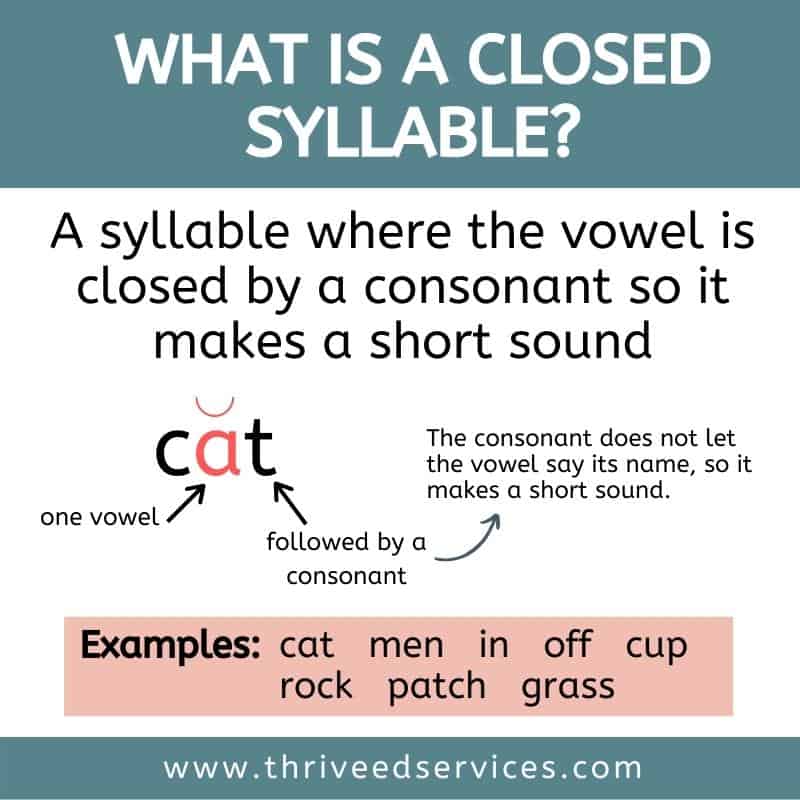
Use Visuals
Use lots of visuals like color coding (red vowel, black consonants for example), letter tiles, phonogram cards, and posters like the one below.

You can download the Closed Syllable Poster (along with the other 5 syllable types) for free by joining my list below and getting access to my library of freebies.
Grab your FREE 6 syllable types posters & word lists by subscribing to my list!
*Most school spam filters block my emails, so please use a personal email.

Closed Syllable Activities
If you’re looking for closed syllable worksheets, printables, or activities then there are so many to choose from. Worksheets and printables are abundant in my shop and on Pinterest, as well as DIY activities for CVC words.
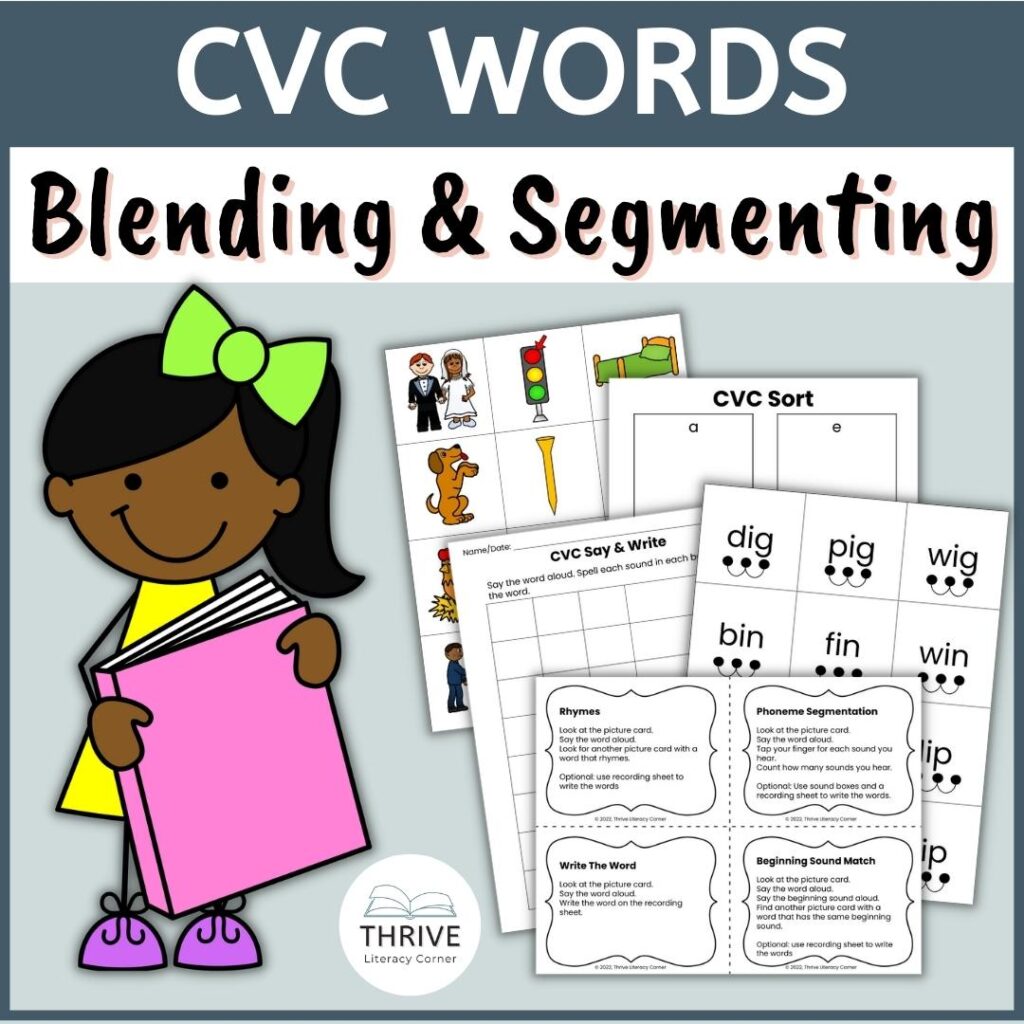
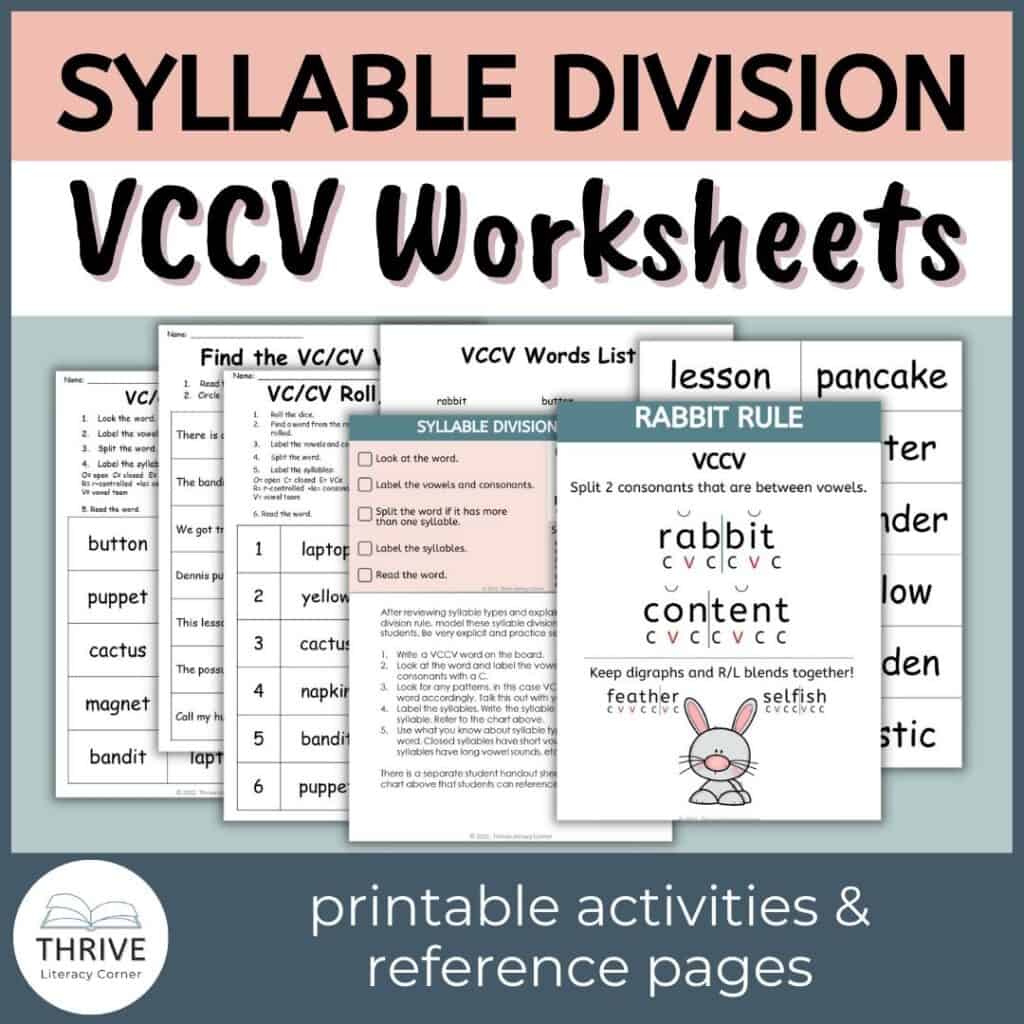

I strongly recommend using nonsense words to work on closed syllable words. This is the best way to see if a student truly understands the syllable and fluently decodes.

I love to use Elkonin sound boxes (pictured below) and phonogram cards to do blending drills.
Syllable Sorts
Sorting syllables is a great activity to help students understand the closed syllable. Have students split words into syllables then sort them as either open or closed.

Syllable searches are also a fun activity for students.

Phoneme Grapheme Mapping
Phoneme grapheme mapping, or word mapping, is a great activity to do anytime you’re working on phonics and spelling.
My students love to use Pop It toys to segment and write words, so I made this Pop It Phoneme Grapheme Mapping Template.

I also have a regular Phoneme Grapheme Mapping Template that can be used without the silicone poppers.
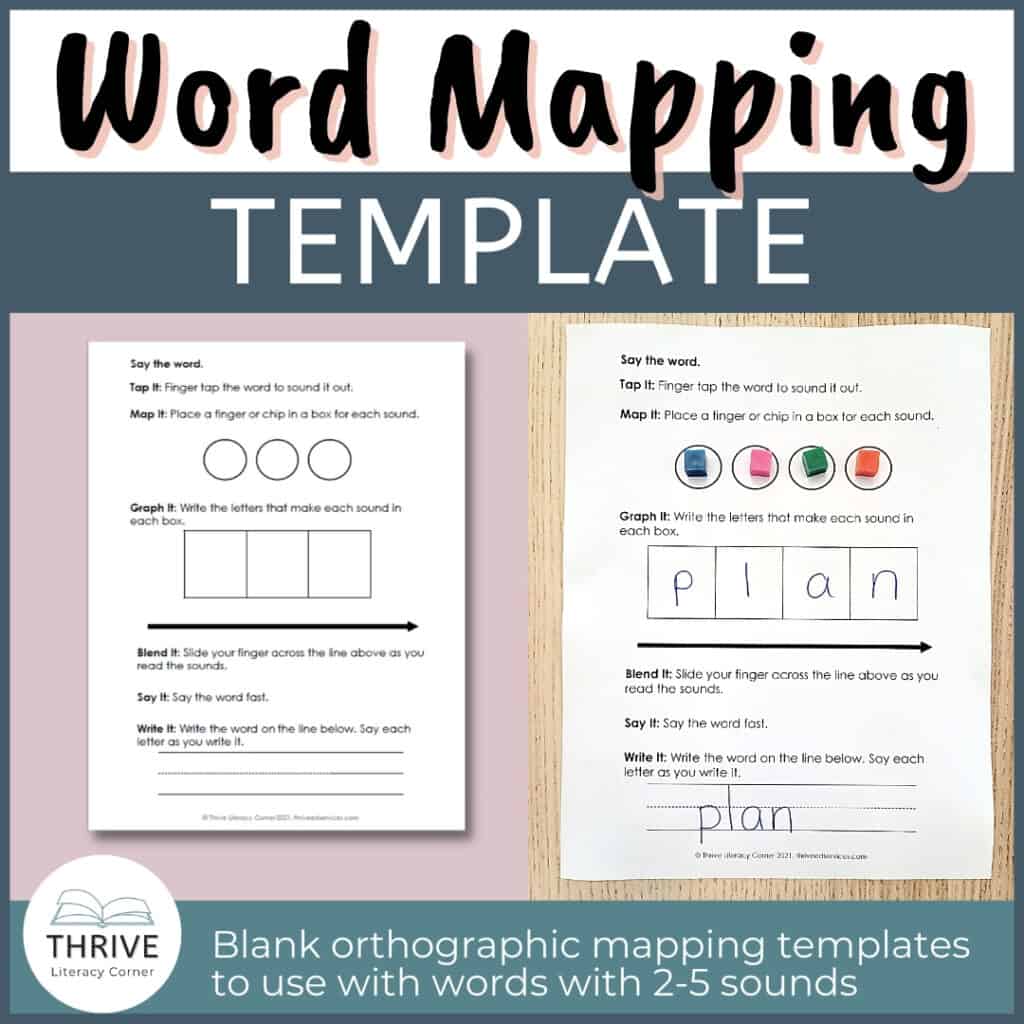
If you’re looking for more tips on teaching reading to struggling learners, check out these other posts:
- Reading Strategies for Struggling Readers – Elkonin Boxes
- Teaching Reading Comprehension Strategies – My Secret Tip To Improve Reading Comprehension
- Multisensory Strategies for B & D Reversals – Dyslexia Intervention
- Multisensory Spelling Strategy for Struggling Learners – Dyslexia Spelling Strategy
Want to remember this? Save All About The Closed Syllable to your favorite Pinterest board!

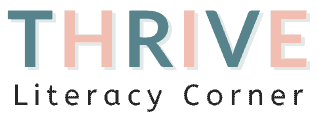

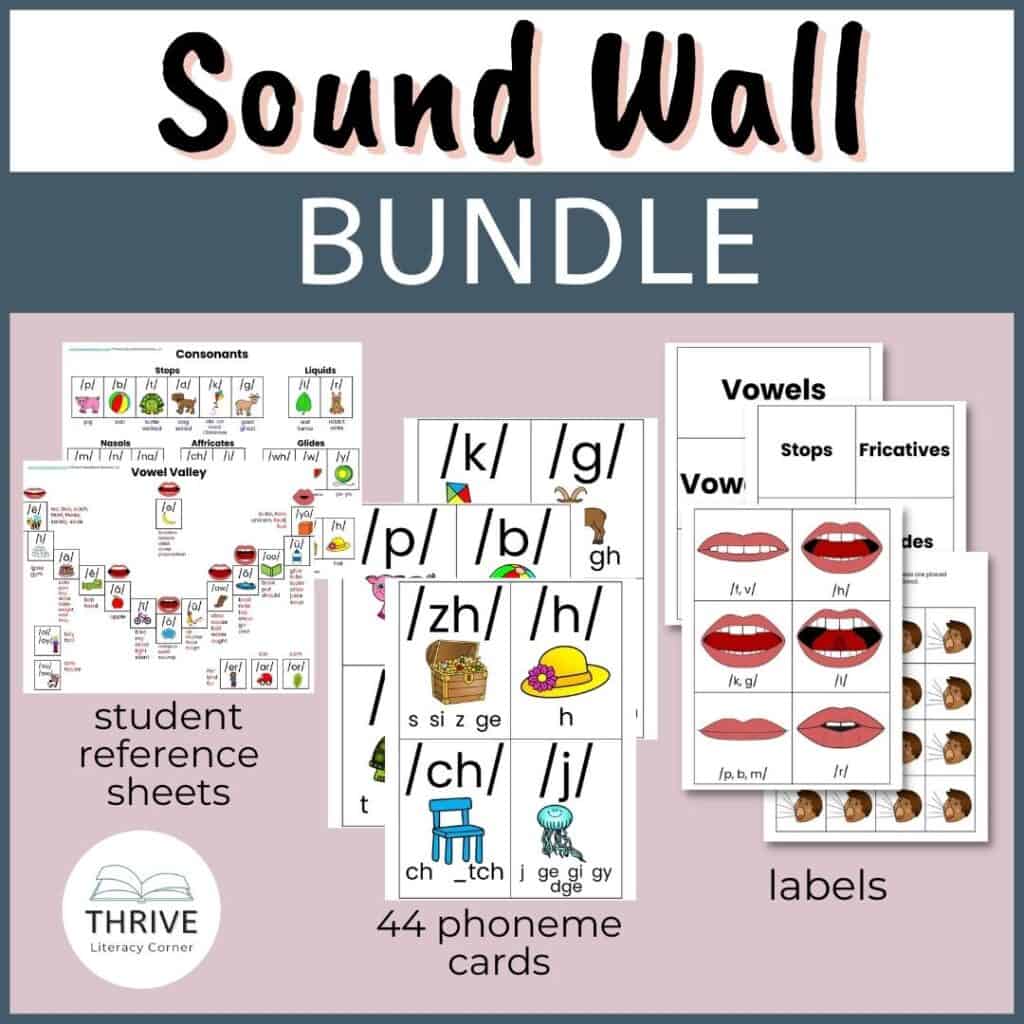
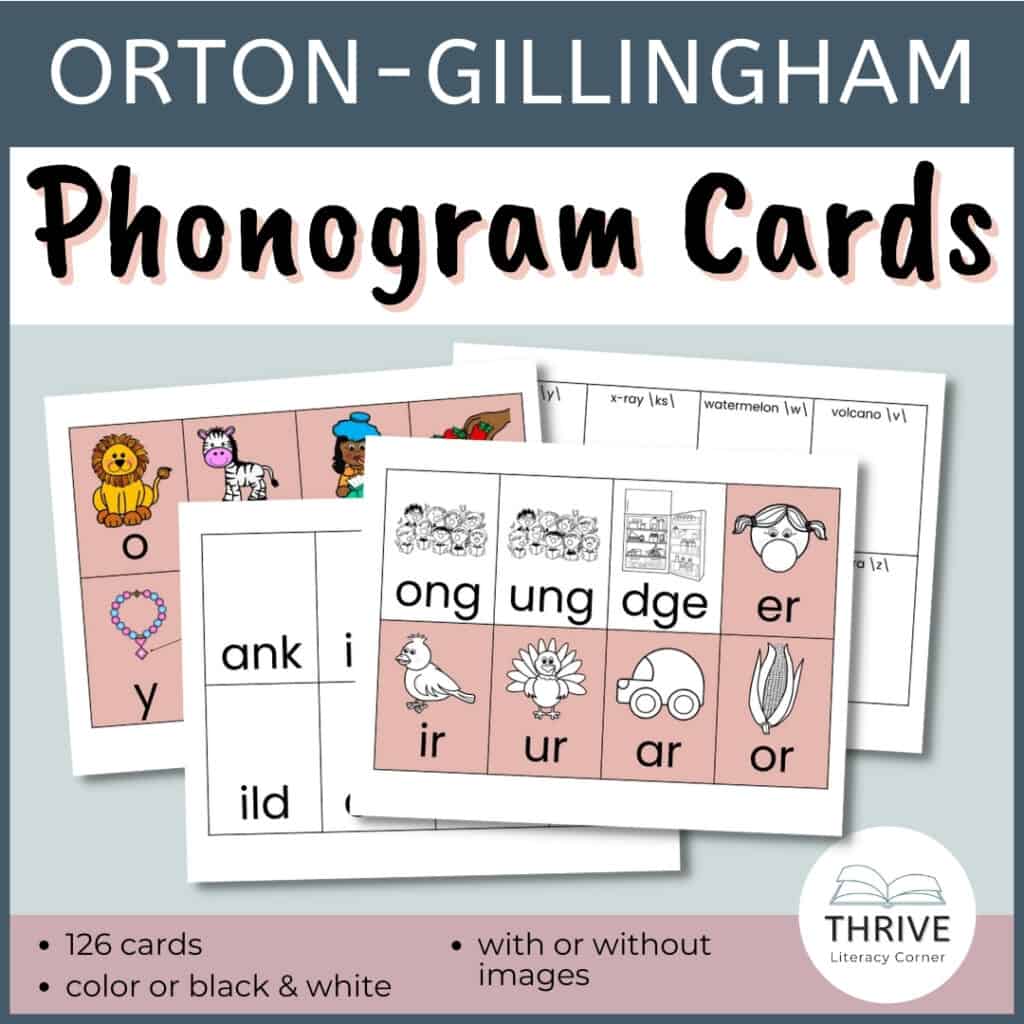
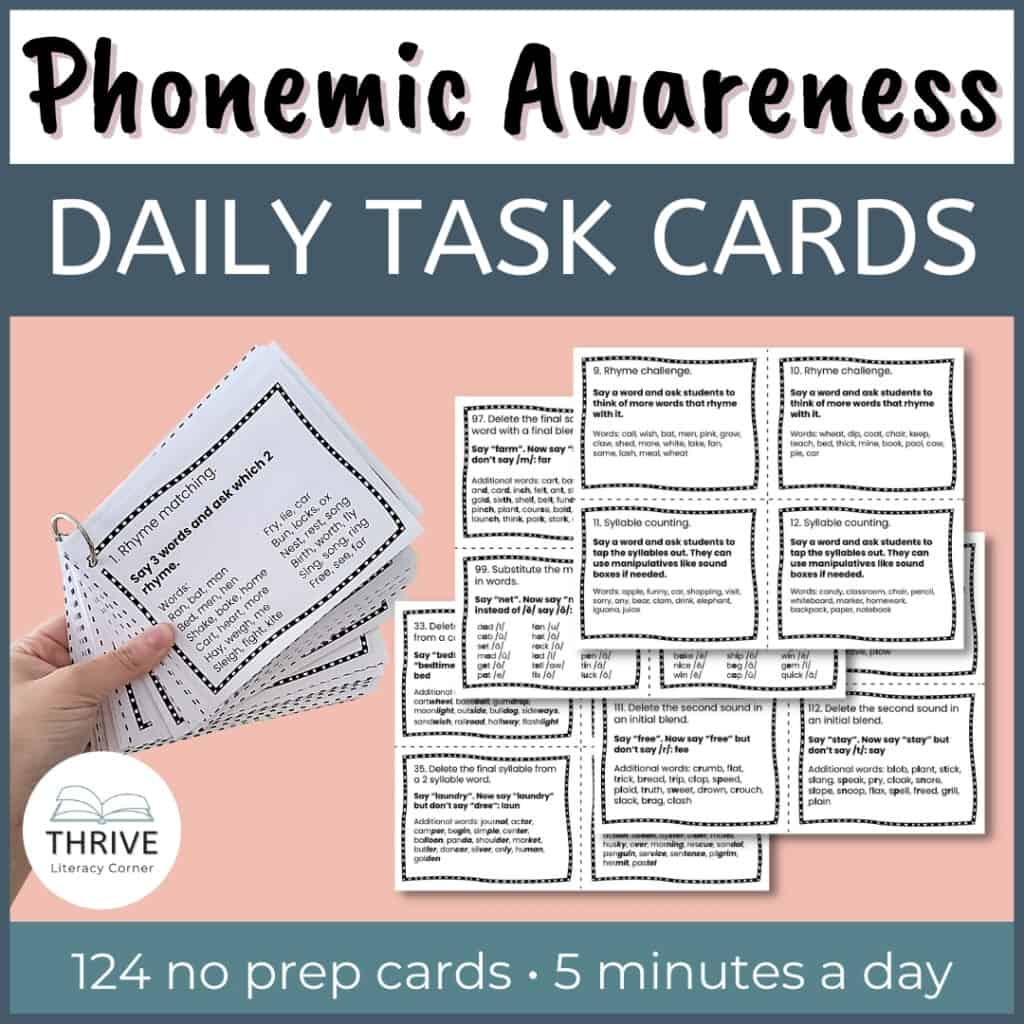
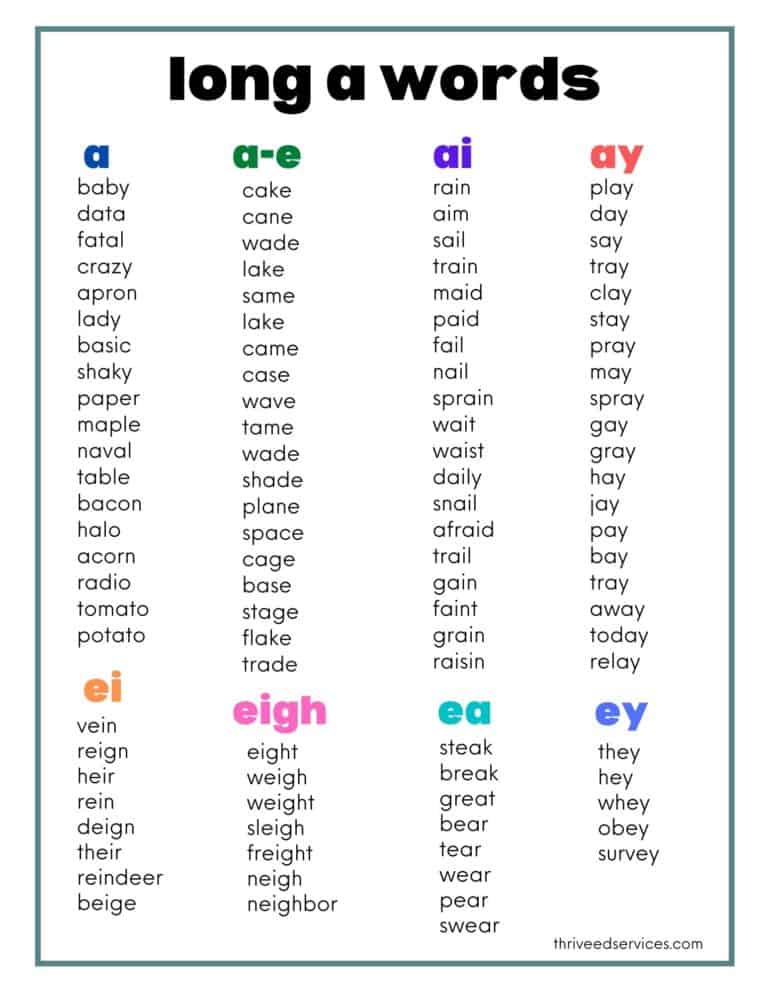
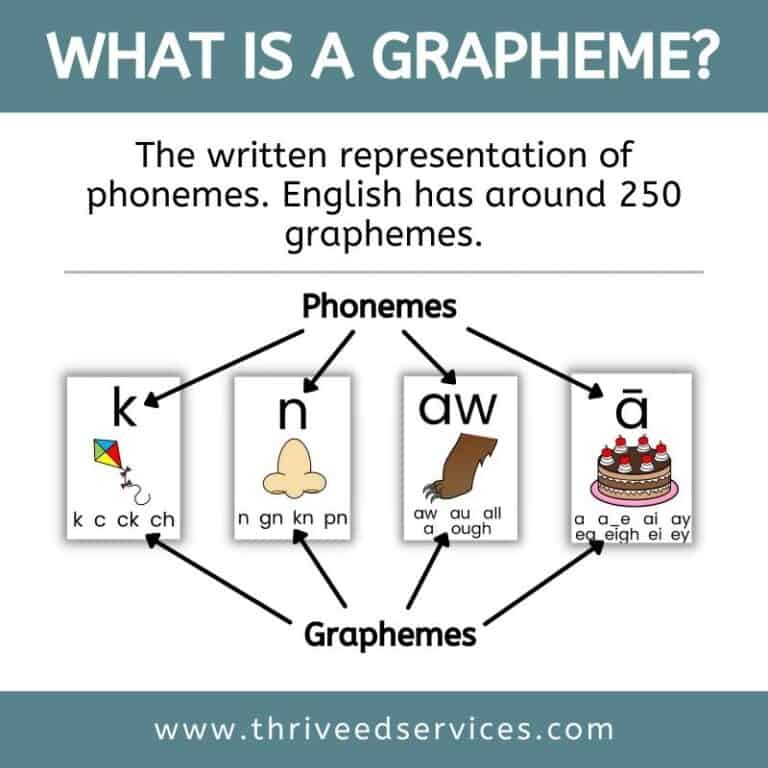
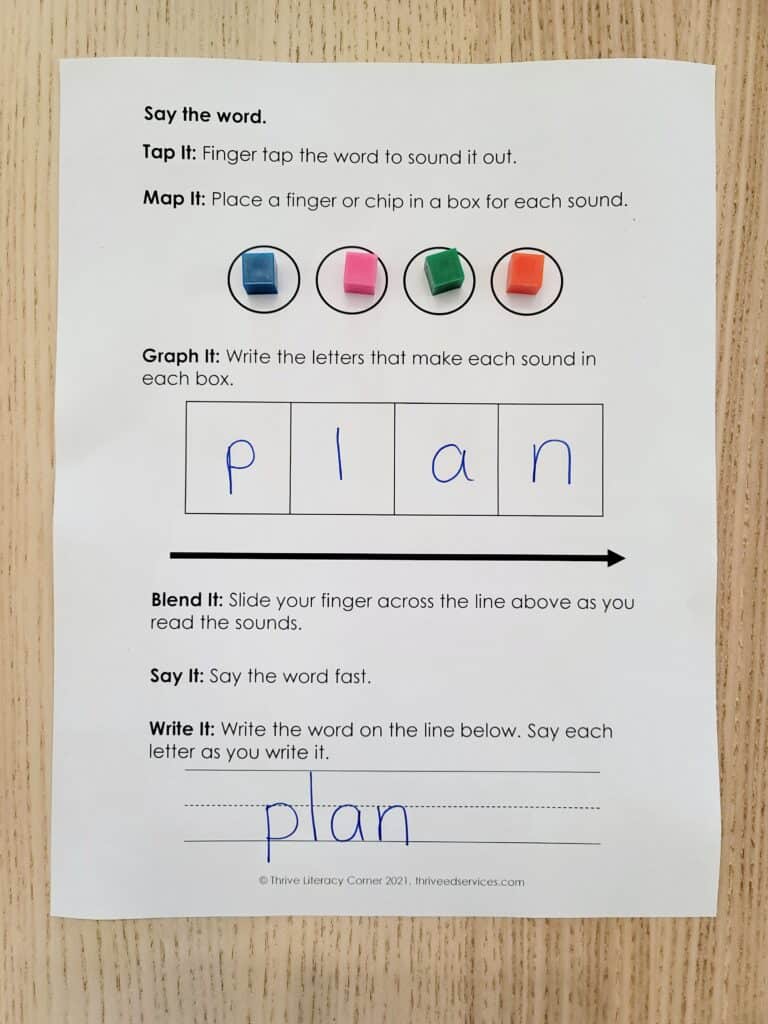

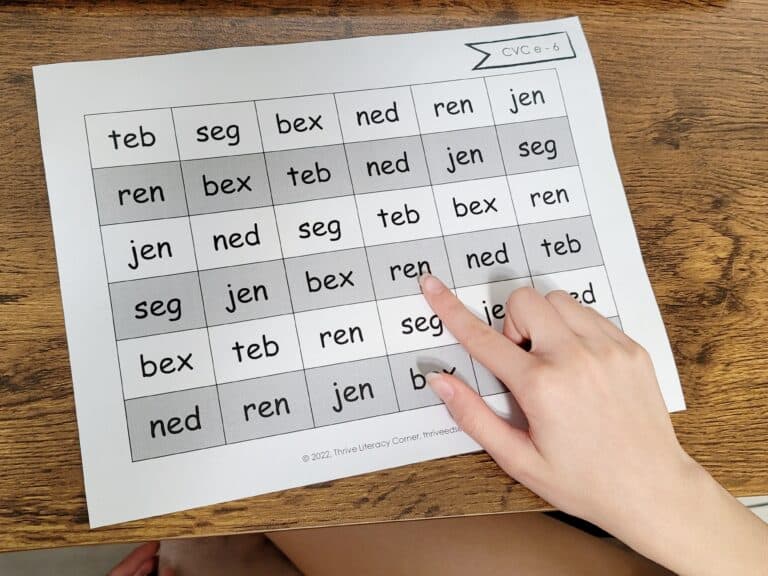
CVC Closed Syllable
CVC words are words that have the pattern vowel-consonant-vowel like cat and mop
-Isn’t that wrong? It is supposed to be consonant vowel consonant NOT what you put in which was vowel-consonant-vowel . Sorry for my poor grammar.
Yes, that is a typo. Thanks for pointing that out 🙂
The words “milk” and “junk” does not have a long vowel sound and they are spelled with the k sound. Why ? I can’t figure that out.
Hi Glory. Those are final blends. If you have a one-syllable word with a short vowel that ends with the /k/ sound, it is spelled with 2 consonants, such as ck or nk. If the word has a long vowel sound, as in joke and cloak, it will be spelled with just the k. Does that help?
Okay I think it’s clear now. Thanks